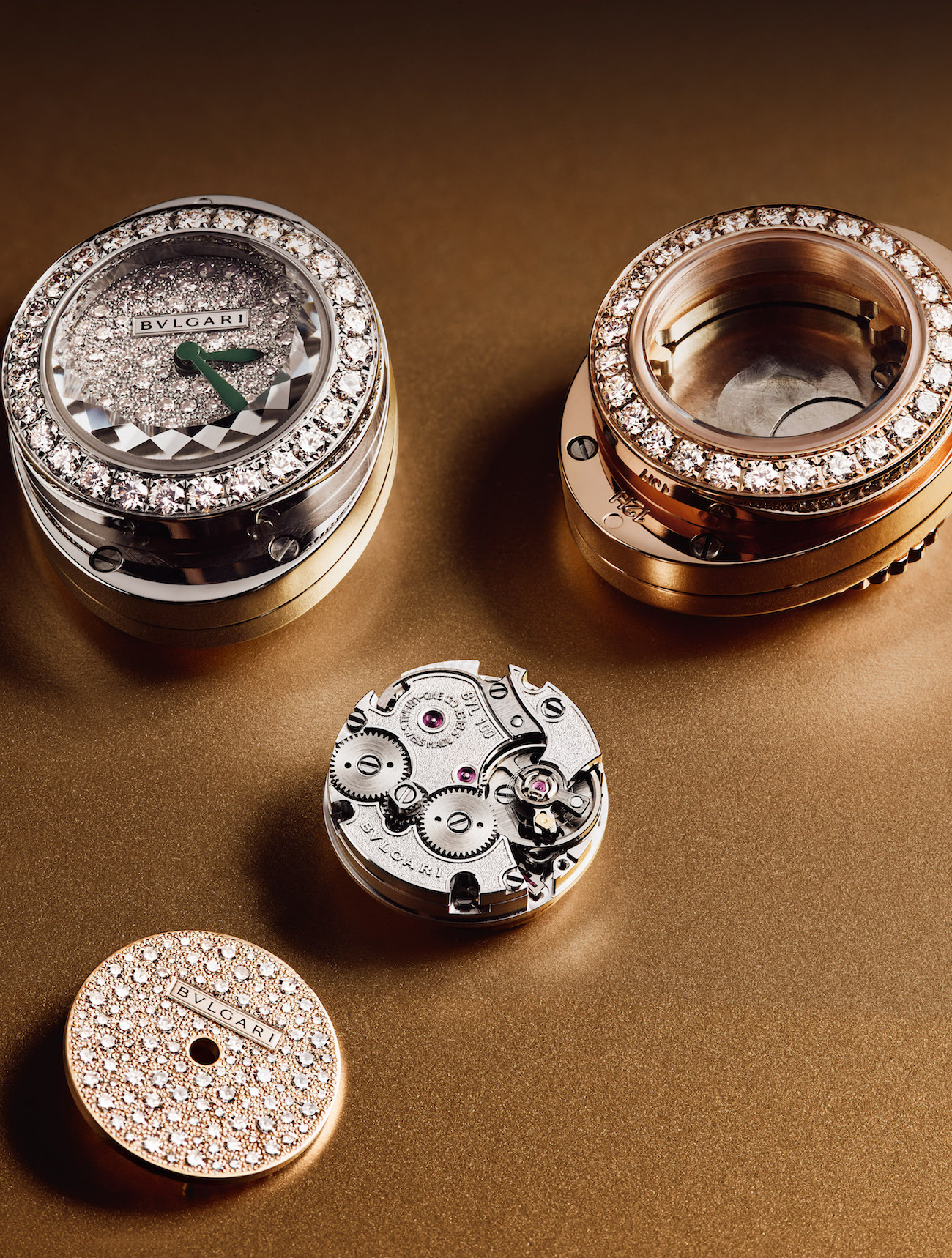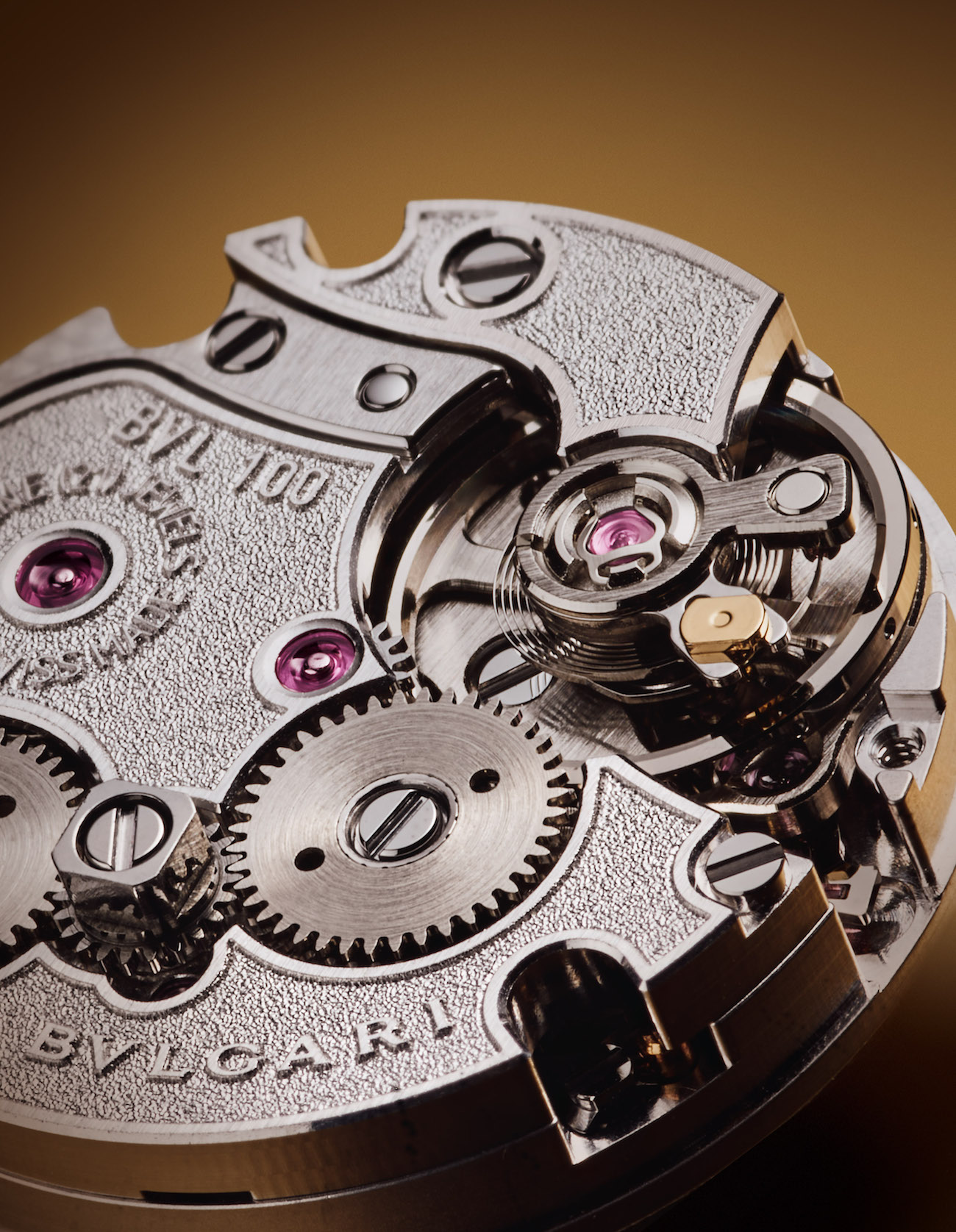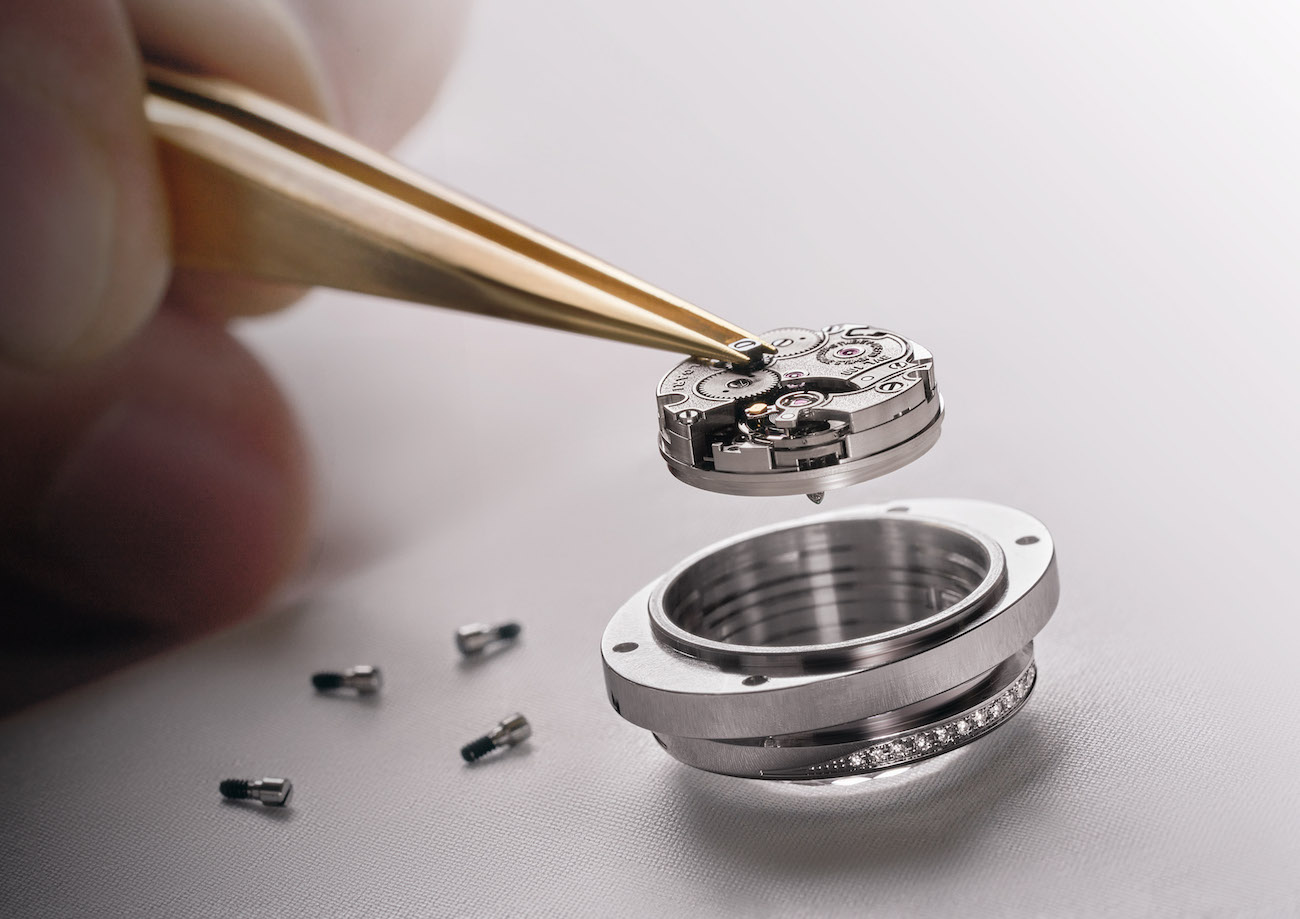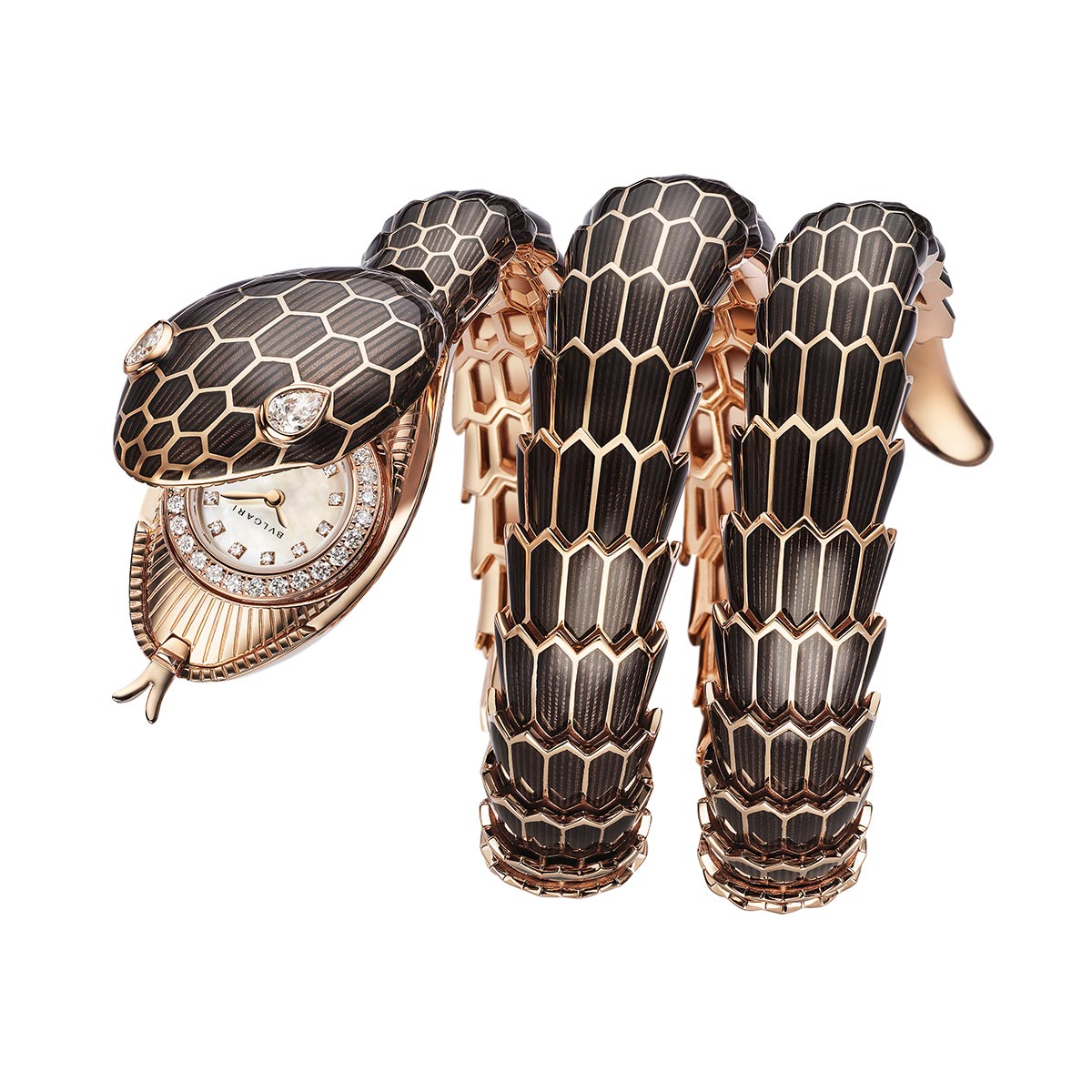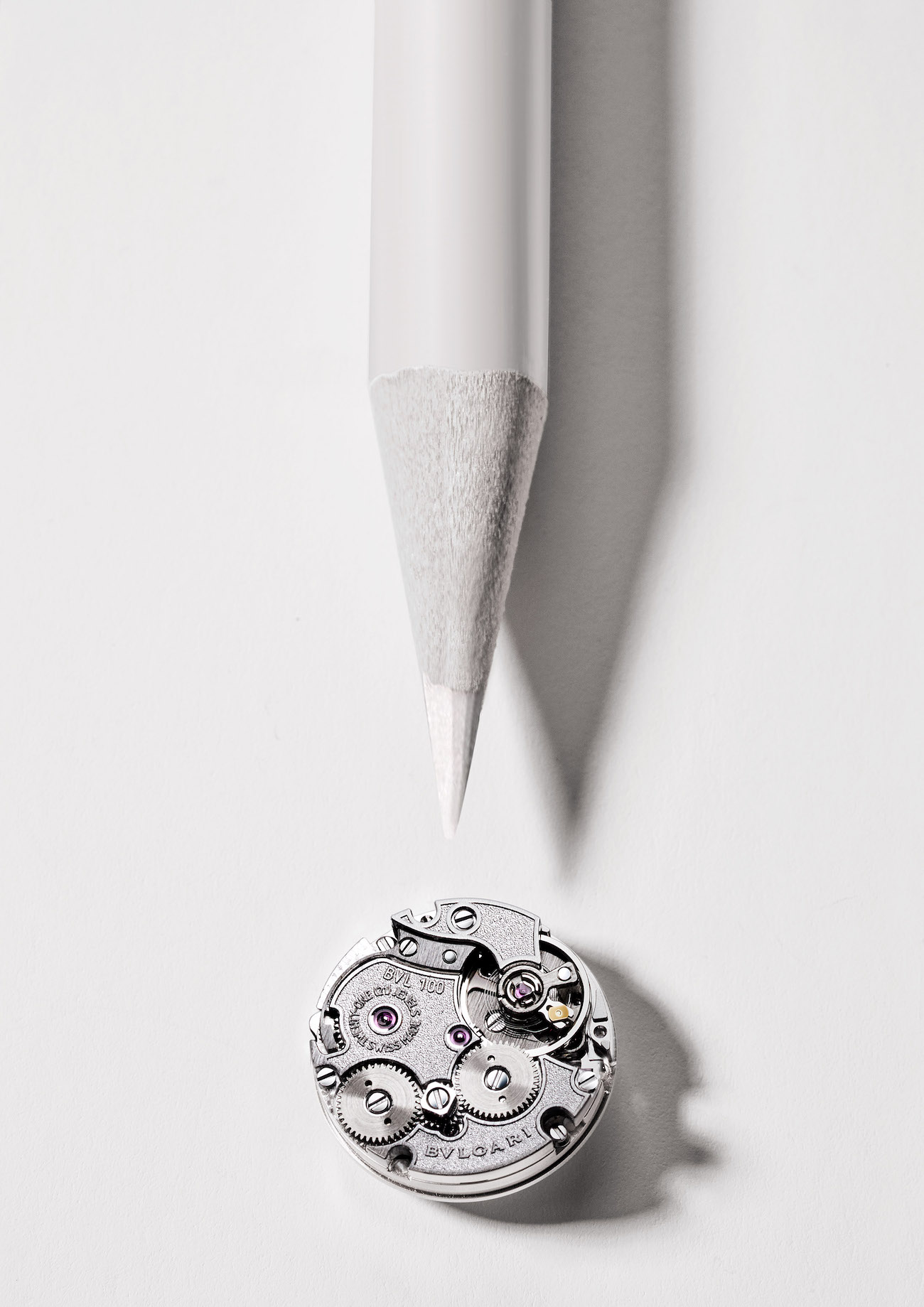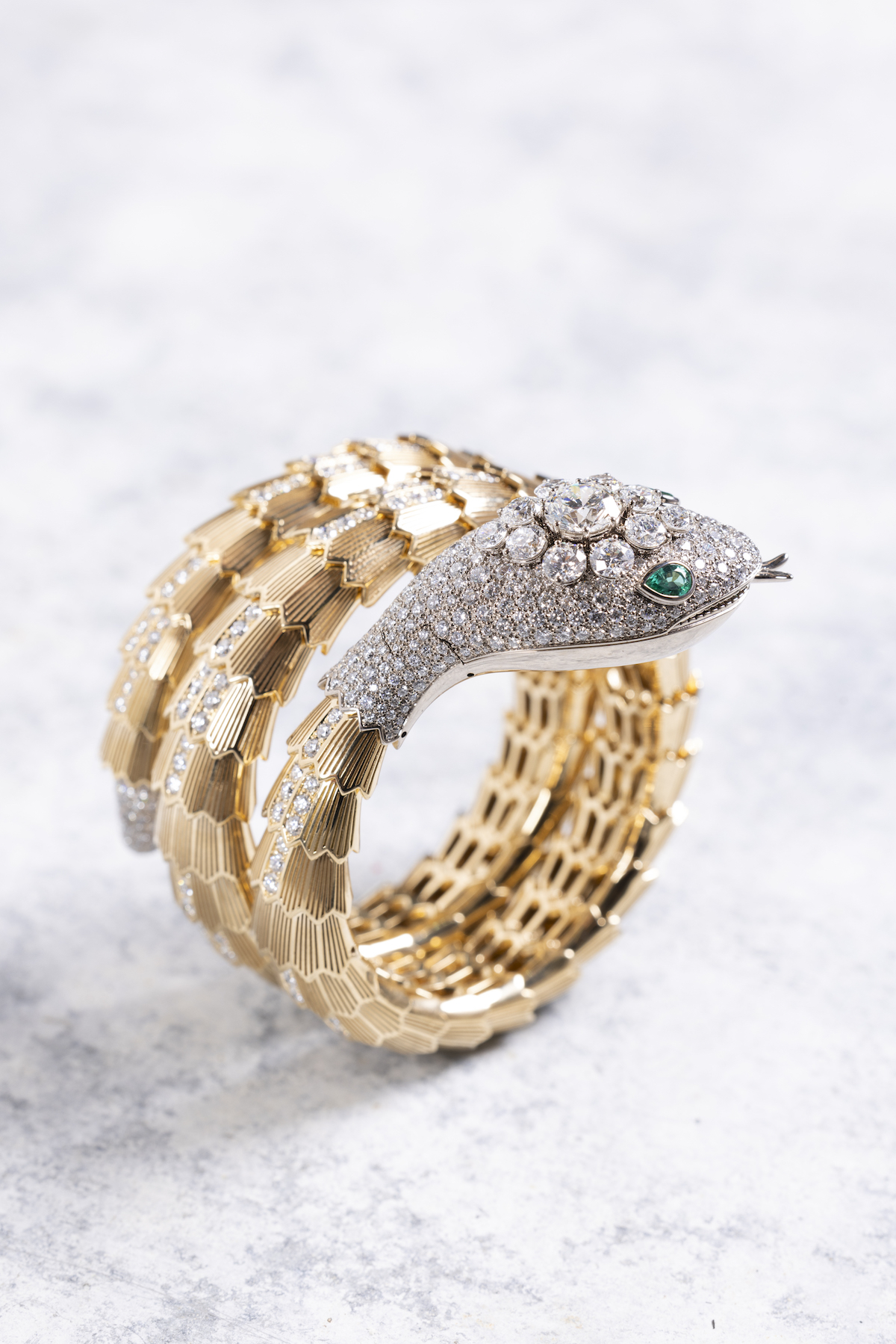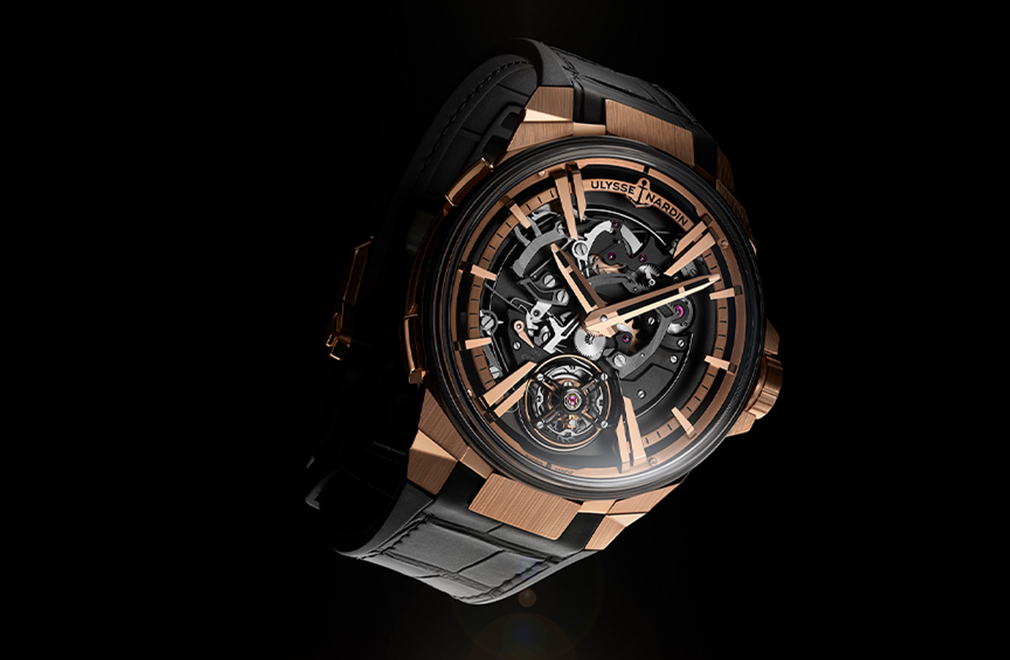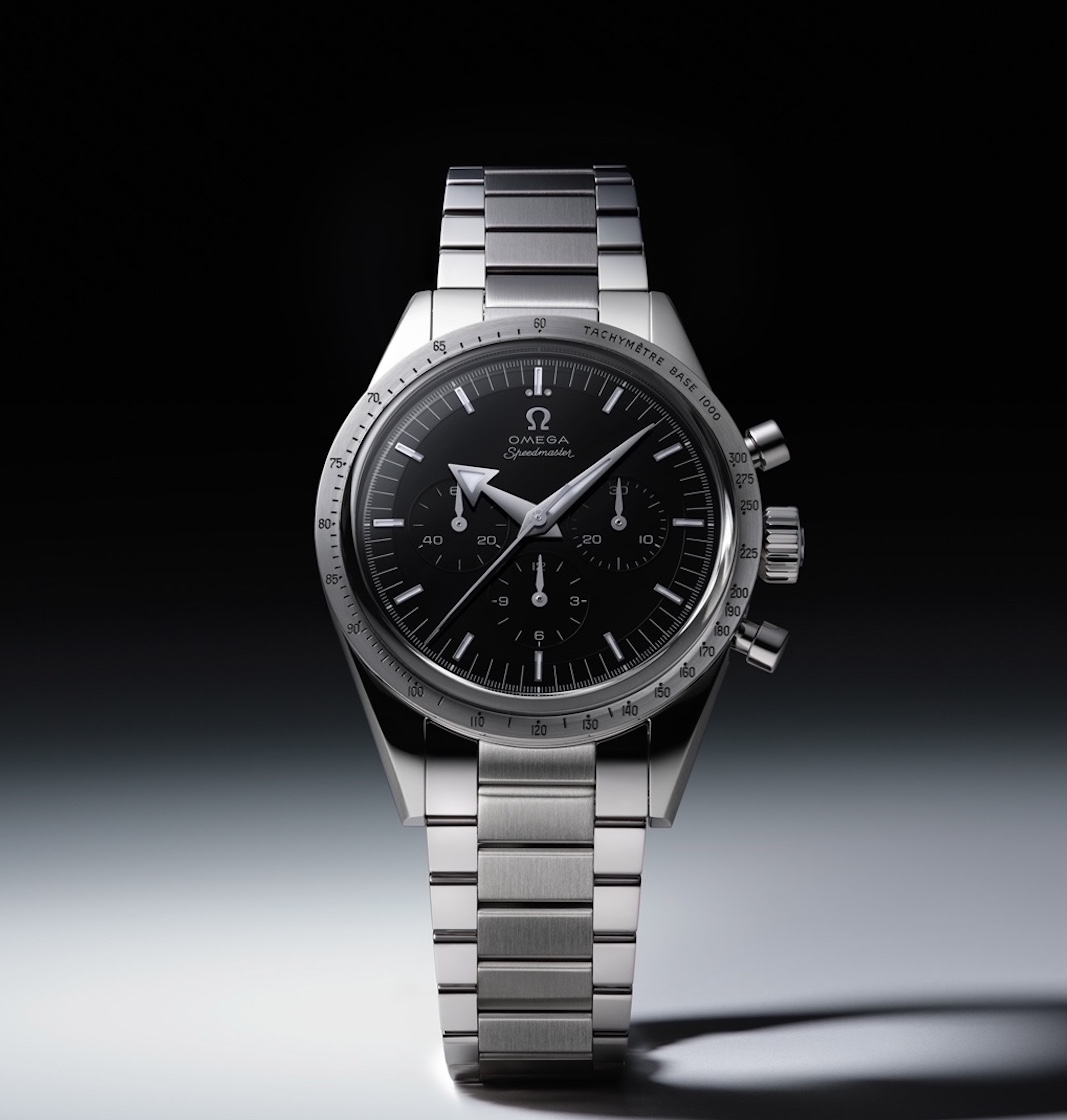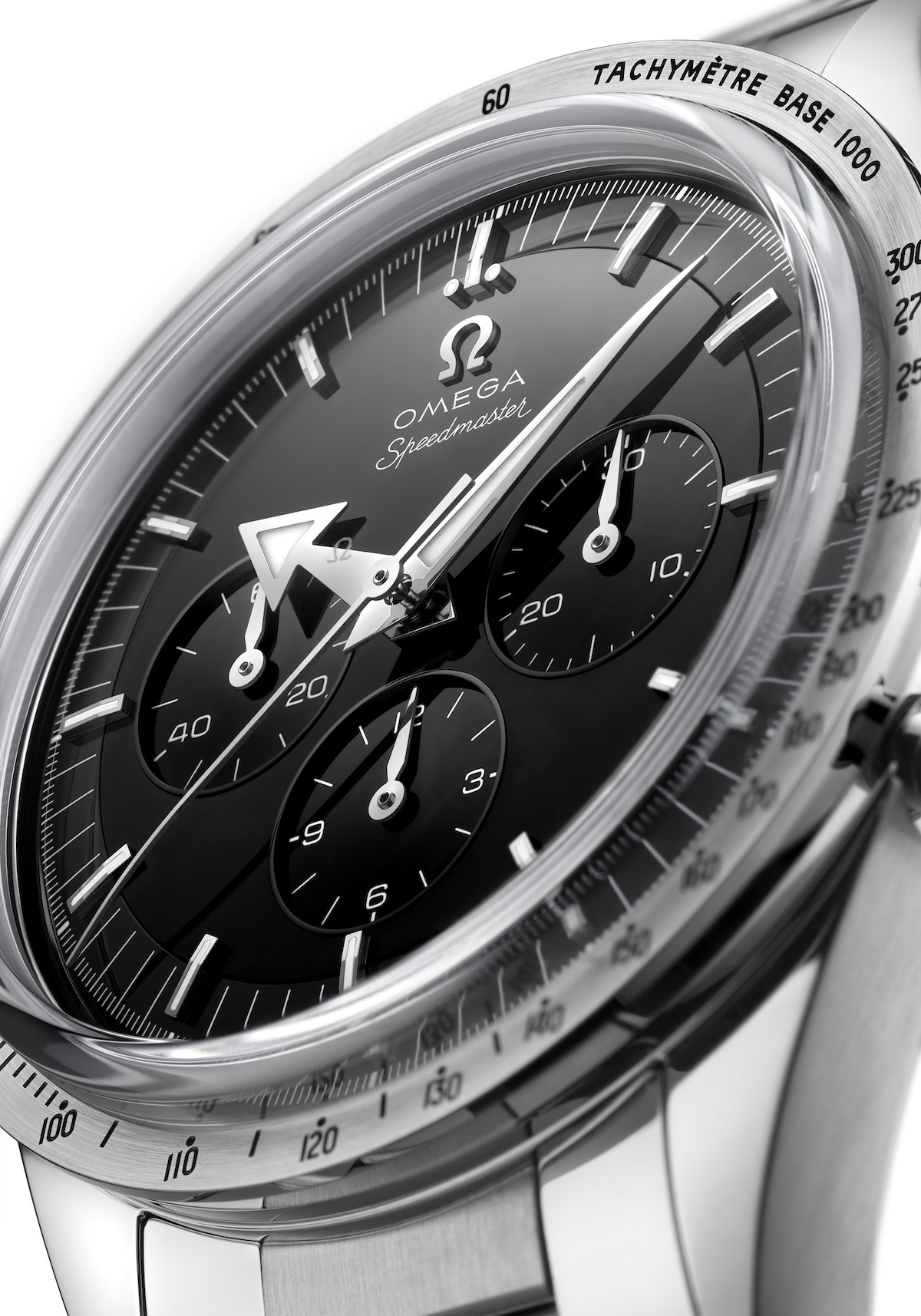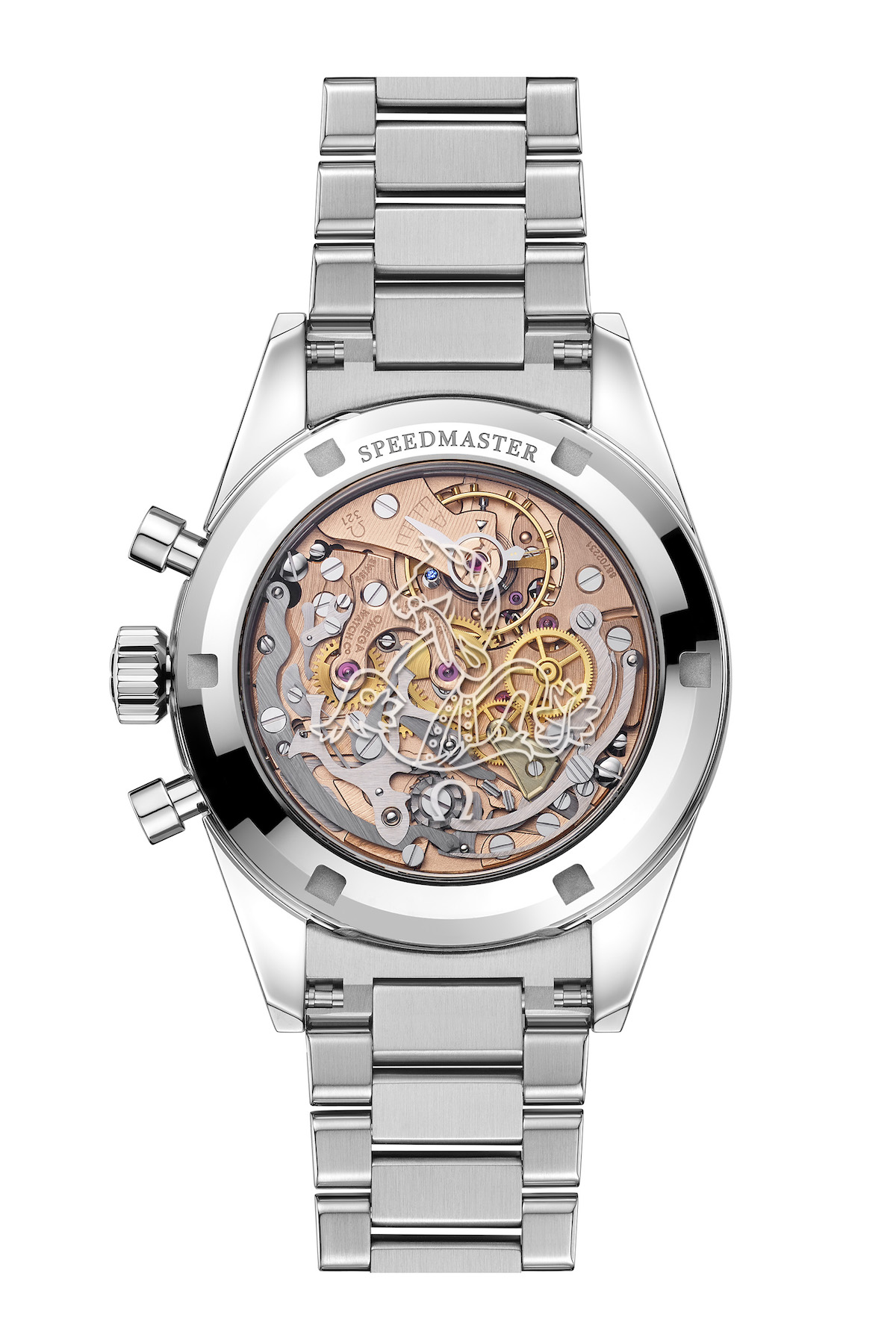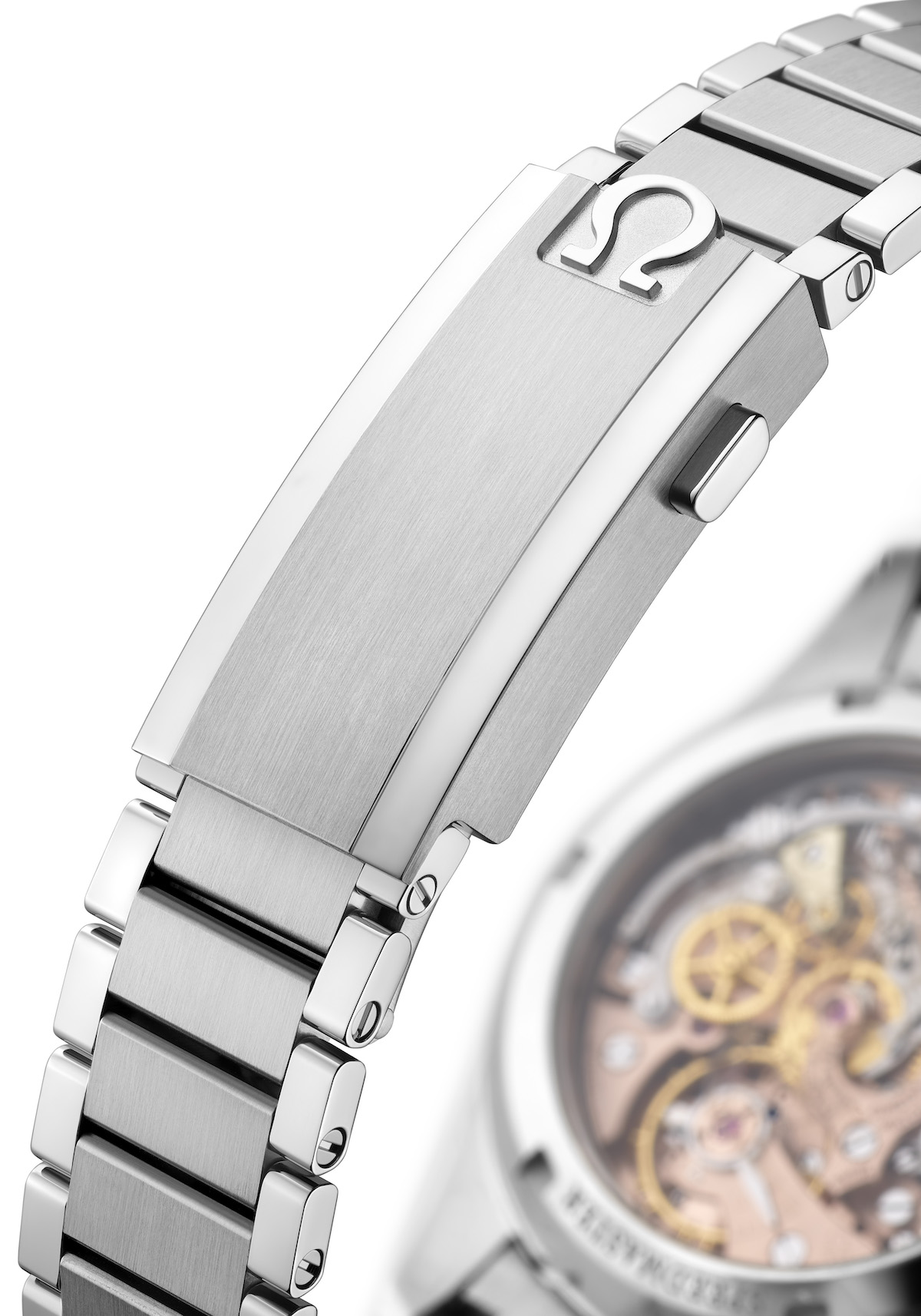At the recent Watches and Wonders 2022 in Geneva, Jaeger-LeCoultre hosted Didier Queloz, Professor of Physics at the University of Cambridge.
Queloz was jointly awarded the 2019 Nobel Prize in physics for his work in furthering the understanding of the universe and is the originator of the rise of ‘exoplanet’ research. His discovery (with his PhD supervisor) in 1995 of a giant planet orbiting another star outside of the solar system kicked off the rise of such research. Queloz assisted Jaeger-LeCoultre as it finalized the scientific accuracy of the Jaeger-LeCoultre Discovery Workshops.

After his interview at a keynote (above) event at Watches and Wonders in Geneva by Jaeger-LeCoultre CEO Catherine Rénier, Queloz answered some questions posed by International Watch. Here are portions of the interview, along with responses to questions by Jaeger-LeCoultre.
International Watch: Are we gaining a better understanding of the links between astronomical time and how we measure time on Earth?
Queloz: I think the astronomical time is not used anymore because it’s not precise enough. The Earth used to be the reference with the 24 hours and then the orbit around the sun. What happened is the Earth is not very stable. There’s a tiny bit of change into the rotation of the Earth because it’s a liquid. There’s not really a solid rigid body.
As soon as we started to realize that we had atomic clocks, the atomic clocks were way more precise to define the time. In the 1960s, people have moved from astronomical time to atomic time. All the time is not defined at all against the astronomy. But of course, for human reasons, we maintain the year, the hours and all these very strange minutes, which is all historical.
In fact, we have a different, very complex system of 24 hours and 60 minutes. It’s all something that is from the past, but we keep it because people get used to it. The society gets used to it.

How has Jaeger-LeCoultre made the measuring of astronomical time a simpler or possibly more interesting prospect for most people?
Well, I think what they did here was very, very clever. I think they’re trying to tell a complete story on the watch. What is featured in the watch is very well known, like motions of the moon.
What makes it complicated is to have something small, beautiful and precise in the case of the clock. That is really challenging because you can make a big clock and you have astronomical clocks from the 1960s on top of some buildings and some of them are beautiful and they’re already there and they’re still working but they’re huge. When you must make it in a smaller size, it’s a very complicated process. This is really the challenge.

Which of the new Jaeger-LeCoultre watches do you prefer to wear, and why?
I enjoy the Reverso. My taste is very classic. I like mechanical watches. I like watches that turn. I like to see time passing. I’m not at all into the digital era; I’m even allergic to digital time. I like the approximate time of watches, of mechanical watches, in the sense that you tell the time on an old-fashioned dial with hours, minutes, etc.
That’s how I like to watch time passing, and I’m also fascinated by the object. Moreover, it’s a beautiful jewelry piece that a man can wear. For me, it’s the only piece I wear apart from my wedding ring…

Jaeger-LeCoultre: What is your profession?
As a physicist, I teach physics, although now I have less and less time to teach. Astrophysics is both my specialty and my favorite field of study. It encompasses a lot of subjects around diversity, which is how we understand planetary systems in the universe in a general sense. In short: planets around other stars.
The question directly related to this issue is the evolution of these planets, and in particular the possibility for some of them to allow life to develop there. Although recent, this is a field I’ve been working in for some years now. I started by finding the planets before defining them. Now I’m setting up experiments, networks and projects to try and prepare for what comes next.
All this involves budget, deadline and constructions problems… Not forgetting preparing the scientific programs. That’s a short summary of the diversity of what I do, which also includes coaching and mentoring. I guide and support students and younger colleagues in their chosen career path. A mixture of coaching and teaching, including a formal course on how planets are formed.

How do your discoveries and research impact your everyday life?
That’s a big question! There is work that’s personal and general work. I prefer to answer about my work in general because in this context the difficulty lies in the time between discovering a new finding and it being used by society.
Some discoveries are relatively simple. Take, for example, the first transistor. It dates back to the 1950s, but you can see that it in the end it didn’t revolutionize the world. And then, twenty, thirty years later, computers arrive. And this discovery radically changed how society works.
So in fact, there are discoveries that have a direct impact on our lives. The most fundamental discoveries are, of course, those linked to life, those that will allow us to treat people, to prolong life. This is basic knowledge, gained through “simple” curiosity at the start that then will have an impact on society.

In short, our lives are completely dominated by scientific findings in the general sense of the word, i.e. as a process of gaining knowledge. Astronomy is a little different as it provides general knowledge, some of which will have a philosophical impact. Astronomy’s main contribution is perhaps the realization that, for now, we are very much alone and that everything is very, very far away. And also, that we need to take great care of our planet.
Where does your passion for science come from?
I think I was born with it. I was born with an insatiable curiosity that has never been satisfied. Curiosity is generally always there, and it doesn’t just apply to physics. I could have done just about anything as long as it involved acquiring knowledge. In fact, I have a lot of different interests.
My greatest pleasure is turning up in the morning and being able to learn something, to find out what’s going on. I’m absolutely allergic to routine. I only like the unknown. All I want to do is explore new things. That’s what my day-to-day work is like.

What does receiving the Nobel Prize in Physics mean to you?
First of all, as you know it’s the ultimate award of all awards! This prize celebrates the impact of a major discovery that has significantly influenced our society and changed the world. This is why it generally takes a long time. As I was lucky enough to make this discovery at a very young age, I’ve now received a Nobel Prize at a relatively young age, compared to the average age of my colleagues who also receive this prize. It usually takes between 20 and 30 years to receive it, which shows once again the impact of science…
So the question is: what is the point of this prize? In fact, the impact of a fundamental discovery takes a long time to become integrated into common knowledge. Everyone now knows that there are planets around other stars. But 30 years ago, I can assure you, this was not obvious at all. The culture has changed from this point of view, that is to say, in terms of where we are in relation to the universe. To explain how I felt when I received this prize?
I would say that you become a custodian of a very humanist vision. Alfred Nobel was a visionary. You have to realize that at the end of the 19th century, he created an international prize at a time where there were many conflicts over land issues! This means that he created something that nobody had any idea about at the time. It’s hard to see that now because international structures have become so common. Nobel wanted to celebrate science in a universal way, because he considered science to be for the universal good of humanity.

Which astronomical phenomenon fascinates you the most?
The sun. Because the sun is life! The universe itself is very inert. The sun is a magical and formidable machine. It’s the sun that transforms and produces all the elements in your periodic table (Editor’s Note – Mendeleev’s Table). This extraordinary machine brings life, gives birth to the components needed for life, which will then be able to develop on the planets. In my opinion, the sun is the most fascinating object. And we are lucky enough to have one every day. So let’s enjoy the sun while it’s here for another 4 billion years or so. We still have some time, that’s encouraging (laughs).

What is your personal connection with time? Do you live your life in a precise way?
Not at all. This morning, taking the car and arriving on time was a real challenge… I often tend to be late. I have a rather elastic view of time, simply because I don’t see it. I have a strong ability to concentrate, perhaps a little too much. That is to say, I forget time.
I frequently miss appointments and arrive late. Unfortunately, it’s not for lack of thinking about it. Luckily, it’s got much better thanks to alarms! So no, I am not at all reliable in terms of minutes and seconds. 
What does watchmaking mean to you?
By its very construction, for me watchmaking represents the art of mechanics. In a way, watchmakers are the artists of mechanics. I find it extraordinary to be able to push mechanization to this point, this technology that, by the way, does not only apply to watches.
Many people nowadays are developing and using this high-precision technology. There are even men and women who have been trained in the watchmaking world and who apply this technology to making mechanical hearts, micro-parts that will be inserted into the human body.
This expertise has seen incredible development in Switzerland. Switzerland is truly one of the greatest centers in the world in this field, I would even say the greatest. There are no better mechanics working in micromechanics than those in Switzerland. It’s in this almost organic way that I feel the watchmaker’s work, unlike in the past, is no longer linked to chronometry itself.

Before, this notion of time and precision was predominant. It still exists of course, because there is quality, expertise and craftsmanship in the work that is being done. But today, in my opinion, time is no longer a watchmaker’s time. It’s now “atomic” time, therefore a physicist’s problem. Time is a problem for atomic clocks, for lasers – which is a completely different story.
But watchmaking keeps the most noble and beautiful aspects of time: the aesthetic part and the technological part of micromechanics. I’m still convinced that aesthetics should not be neglected as it touches on the timeless, the unchanging, the eternal aspect. The Parthenon and many other magnificent sites continue to be visited for their beauty. Quality aesthetics can last a long, long time.
What did you think when Jaeger-LeCoultre contacted you? If you could choose one Jaeger-LeCoultre watch, which one would it be?
I really like watches! That’s one of the reasons I accepted your invitation. I’m very happy to come up to the Vallée de Joux and visit your Manufacture. It’s an opportunity to visit Jura, to discover this environment that’s a little out of time, to discuss watchmaking and mechanics.
We will also be able to discuss our common passion for astronomical phenomena and other celestial wonders that the universe holds… So yes, I’m pleased and touched to have been contacted by Jaeger-LeCoultre. If I had to choose one watch? I’ll wait for you to let me discover them. Of course, I like your world famous Reverso very much, but I’m looking forward to see the others.

Do you have any passions outside Astrophysics?
I have too many! Unfortunately, I don’t have the time to devote to them. I like to be outside a lot, to go for walks. It’s a great pleasure to be able to take time for myself. I also enjoy gardening and DIY a lot. I like to do DIY, it’s an activity that takes my mind off things.
A few years ago, I used to fly planes. Unfortunately, I don’t have time to do that anymore and I would really like to start doing this again because it’s an activity I really enjoy. Flying gives me a feeling that I find absolutely extraordinary.
Like all good Swiss people, I also love to ski in the winter. I belong to the generation that was able to come home at noon and have lunch in front of the TV to watch the World Cup runs (laughs).
I was really immersed and grew up in this world of mountains, snow and skiing. I was a member of a ski club, a ski teacher… So it’s an activity that I really enjoy and that I do every winter. Unfortunately, not as much as I would like, but as often as possible. And I love the sun and sea any time of the year.



















